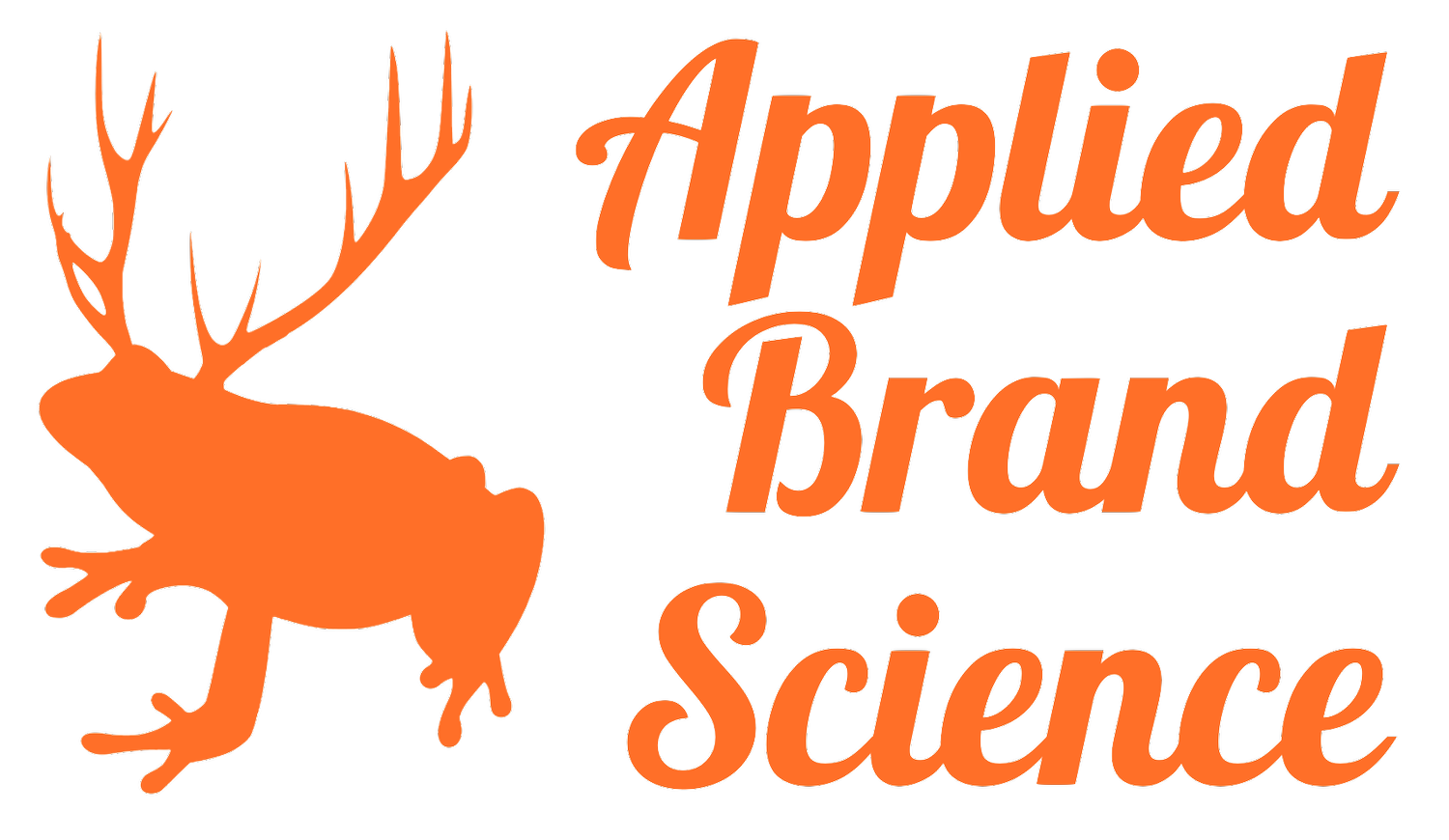D2C brands are self-limiting
D2C brands are just startups with limited distribution.
How could this be? We hear all the time that direct-to-consumer, digitally-native brands will ‘topple’ stodgy old brands sold in brickstores. Except the facts don’t add up:
Few D2C brands have grown above $100MM. (Rough numbers: Allbirds = $80MM, Warby Parker = $340MM, Caspar = $400MM). Even fewer have hit $1B. (For perspective, P&G has over 20 billion-dollar brands.)
D2C brands are racing into traditional retail distribution, such as Purple at Mattress Firm and Harry’s at Target.
Several D2C brands, including Warby Parker, Glossier, and Casper, are opening their own brickstores.
While major brands’ sales might have slipped (Gillette slid 13 share points in recent years in the US), none have shuttered.
This is only surprising if you ignore the brand science: bigger brands have more distribution — regardless of type. That’s a law that digital brands haven’t disrupted.
Digitally Native Vertical Brands: direct to consumer heaven or overhyped?


